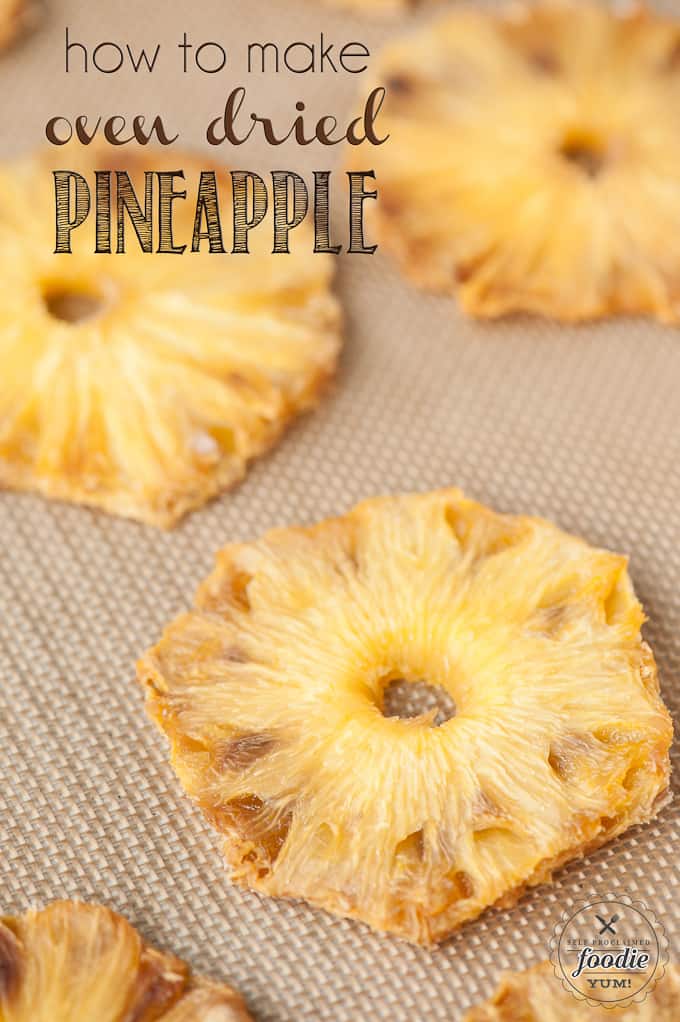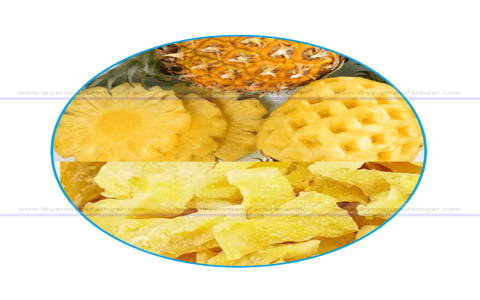Dehydrating pineapple is a popular method for preserving its sweet and tangy flavor while extending its shelf life. Whether you enjoy them as a snack or use them in various recipes, dehydrated pineapples are a delightful treat. This guide will walk you through the process of dehydrating pineapple using a dehydrator, ensuring each slice is packed with flavor and nutrition.
The Benefits of Dehydrating Pineapple
Dehydrating pineapple not only concentrates its natural sugars for a sweet and chewy snack, but it also maintains the fruit’s nutritional value. Rich in vitamin C, fiber, and antioxidants, dehydrated pineapple supports a healthy diet. Additionally, this method is more economical than store-bought dried fruits and reduces food waste by preserving excess fresh pineapple.

Preparing Your Pineapple
To begin, start with a ripe pineapple. The sweetness level is at its peak when the fruit is just ripe, enhancing the flavor of the dried slices. Cut off the top and bottom, then carefully remove the skin, making sure to take out the "eyes" so the surface is smooth. Slice the pineapple into uniform rounds or half-moons, approximately 1/4 inch thick. Consistent thickness ensures even drying.
Using the Dehydrator
Arrange the pineapple slices in a single layer on the dehydrator trays, ensuring they are not touching. This setup promotes proper airflow around each slice. Set your dehydrator to a temperature between 130°F to 140°F (54°C to 60°C), which is ideal for fruits. Lower temperatures preserve more nutrients, but might require additional drying time.
Drying Time and Considerations
The drying duration varies based on the pineapple’s moisture content, slice thickness, and your dehydrator’s efficiency. On average, drying pineapple takes about 8-12 hours. Periodically check for doneness by feeling the texture; the slices should be uniformly dry, yet slightly pliable without any remaining moisture. The condition you are aiming for is similar to that of a raisin.
Storing Dehydrated Pineapple
Once properly dried, allow the pineapple slices to cool completely before storing. This prevents condensation in your storage container, which could lead to mold growth. Use airtight containers or vacuum-sealed bags to keep your dehydrated pineapple fresh. When stored in a cool, dark place, they can last up to a year.

Enjoying Your Dehydrated Pineapple
Dehydrated pineapple can be enjoyed in myriad ways. Eat them on their own as a healthy snack, incorporate them into trail mixes, or use them as a topping for yogurt and oatmeal. They also add a delicious twist to baked goods like muffins and cakes. For a unique culinary experience, consider using them in savory dishes, adding a sweet contrast to meats and vegetables.
Tips for Best Results
For enhanced flavor, some enthusiasts soak pineapple slices in lime or lemon juice before dehydrating. This not only intensifies the taste but can also help preserve the fruit’s vibrant color. If you’re planning to dehydrate often, investing in a quality dehydrator with adjustable temperature settings and multiple trays can make the process more efficient and enjoyable.
Final Thoughts
Dehydrating pineapple at home is a straightforward process that can yield delicious results. By following these guidelines, you’ll create a delightful, nutrient-rich snack that captures the essence of fresh pineapple in a dried form. Whether you’re a seasoned pro or new to dehydrating, these steps are sure to help you produce perfect dried pineapple every time.













